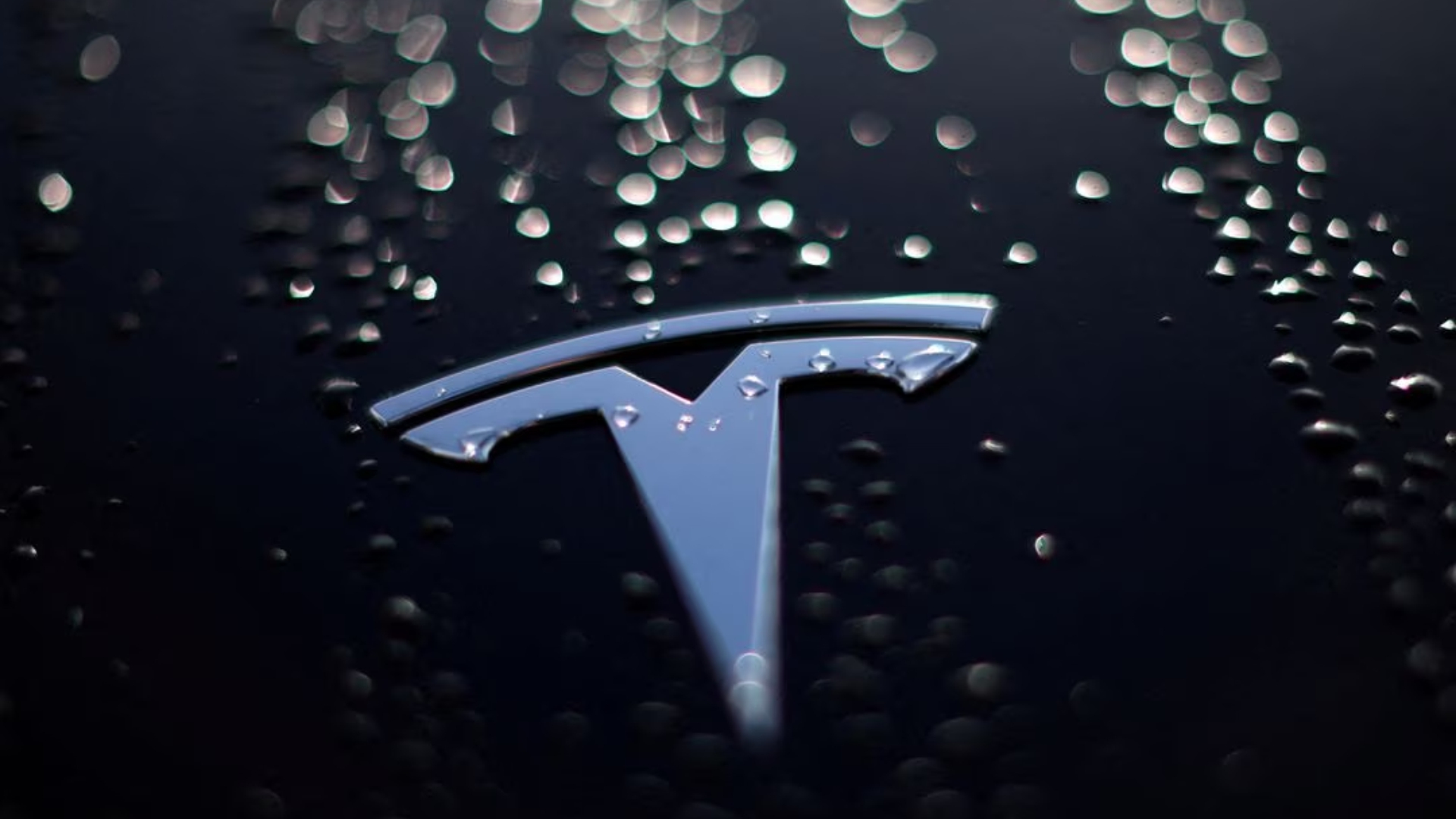April 23 (Reuters) – Tesla said it will lay off 6,020 employees in Texas and California ahead of its quarterly results on Tuesday when CEO Elon Musk is expected to outline the electric-vehicle maker’s strategy to combat slowing demand and falling margins.
Last week, Tesla announced a more than 10% cut in its global workforce under pressure from dropping sales and an intensifying price war among EV makers, without revealing the number of employees the job cuts would impact.
Some numbers were disclosed in notices to the states of Texas and California on Monday under a U.S. labor law that requires companies with 100 or more employees to notify 60 days ahead of planned closings or mass layoffs.
Tesla will cut 3,332 jobs in California and eliminate 2,688 positions in Texas, starting June 14, the notices showed.
“Tesla has now created over 30,000 manufacturing jobs in California!” Musk said in a post on his social media platform X on Tuesday.
Shares of the Austin, Texas-based automaker were up about 2% ahead of the company’s first-quarter results that are due after markets on Tuesday, and set to break a seven-session losing streak that had dragged the stock down 19%.
The job cuts in Texas represent 12% of Tesla’s total workforce of 22,777 in the greater Austin area, where its gigafactory and headquarters are located.
The global job cuts would include 285 employees at its Buffalo, New York premises that houses the labeling team for its Autopilot driver assistance software that makes fast-charging equipment.
Tesla’s headcount stood at more than 140,000 late last year, up from around 100,000 at the end of 2021, according to the company’s filings with U.S. regulators.

Reuters in an exclusive report on April 5 said Tesla had canceled a long-promised inexpensive car, expected to cost around $25,000, that investors have been counting on to drive mass-market growth.
Tesla has been slow to refresh its aging models as high interest rates have sapped consumer appetite for big-ticket items, while rivals in China, the world’s largest auto market, are rolling out cheaper models.
Customers are also increasingly choosing to buy less-expensive gasoline-hybrid vehicles as they offer a higher driving range.
Reporting by Akash Sriram in Bengaluru and Hyunjoo Jin in San Francisco; Editing by Shinjini Ganguli and Shailesh Kuber











